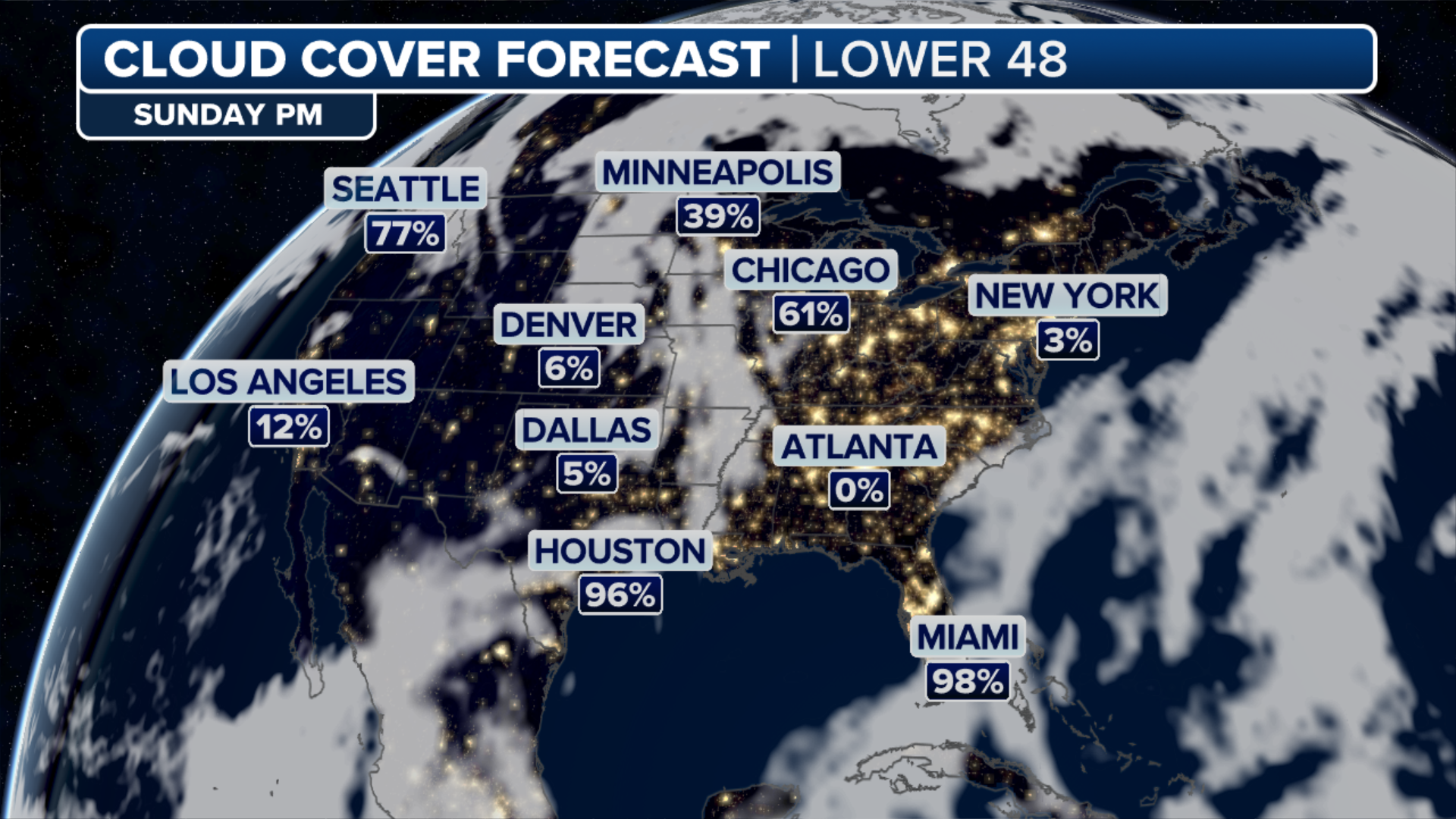Newly discovered chi Cygnid meteor shower to pop off this weekend for first time in 5 years
These class III chi Cygnids meteors have been spotted about every 5 years in mid-September since 2010.
Meteor showers explained: what to know and how to watch
We call them shooting stars, but it's actually meteors that create dazzling streaks of light across our night sky.
The night sky has an exciting and rare lineup this weekend, with the peak of the chi Cygnid meteor shower expected on Sunday, putting on a once every five-year show.
Normally, skygazers have a long wait between the Perseids in August and Orionid meteor showers in October. Enter, the recently discovered chi Cygnids. NASA and SETI Institute planetary astronomer Peter Jenniskens, who runs the cameras for Allsky Meteor Surveillance project, first discovered the chi Cygnids. The surveillance program in northern California is designed to confirm meteor showers.
ASTRONAUTS CAPTURE STUNNING VIEWS OF LUNAR ECLIPSE FROM SPACE
These class III meteors have been spotted since 2010 and about every 5 years in mid-September.

FILE: Members of the York Astronomical Society prepare to view the annual Perseids meteor shower in the village of Rufforth, near York, northern England on August 12, 2015. The Perseids meteor shower occurs every year when the Earth passes through the cloud of debris left by Comet Swift-Tuttle.
(Photo credit should read OLI SCARFF/AFP via Getty Images / Getty Images)
According to Jenniskens and other scientists with NASA and the SETI Institute, the chi Cygnids were detected in late August, indicating the shower is expected to increase in activity until peaking around Sept. 14.
While it’s uncertain just how many meteors could be part of this year’s peak, any confirmed activity will add another important data point for this new meteor shower.
According to SETI, this year’s shower suggests these meteoroids are trapped in a 5-year orbital period associated with Jupiter, but the parent comet is unknown.
DON'T MISS THESE CELESTIAL EVENTS IN 2025
If you are looking to spot a chi Cygind meteor between Sept. 14 and 15, don’t expect the speed of some of the more reliable meteor showers.
According to the American Meteor Society, these meteors are on the slow side, zooming across the sky at more than 30,000 mph compared to some yearly meteor showers like the Perseids, with an entry velocity of over 130,000 mph.
The FOX Forecast Center cloud cover forecast shows a good chance of clear sky on Sunday night for the predicted peak across much of the eastern half of the country and the West. Meanwhile, most of the Central U.S. will be covered in clouds.

(FOX Weather)
